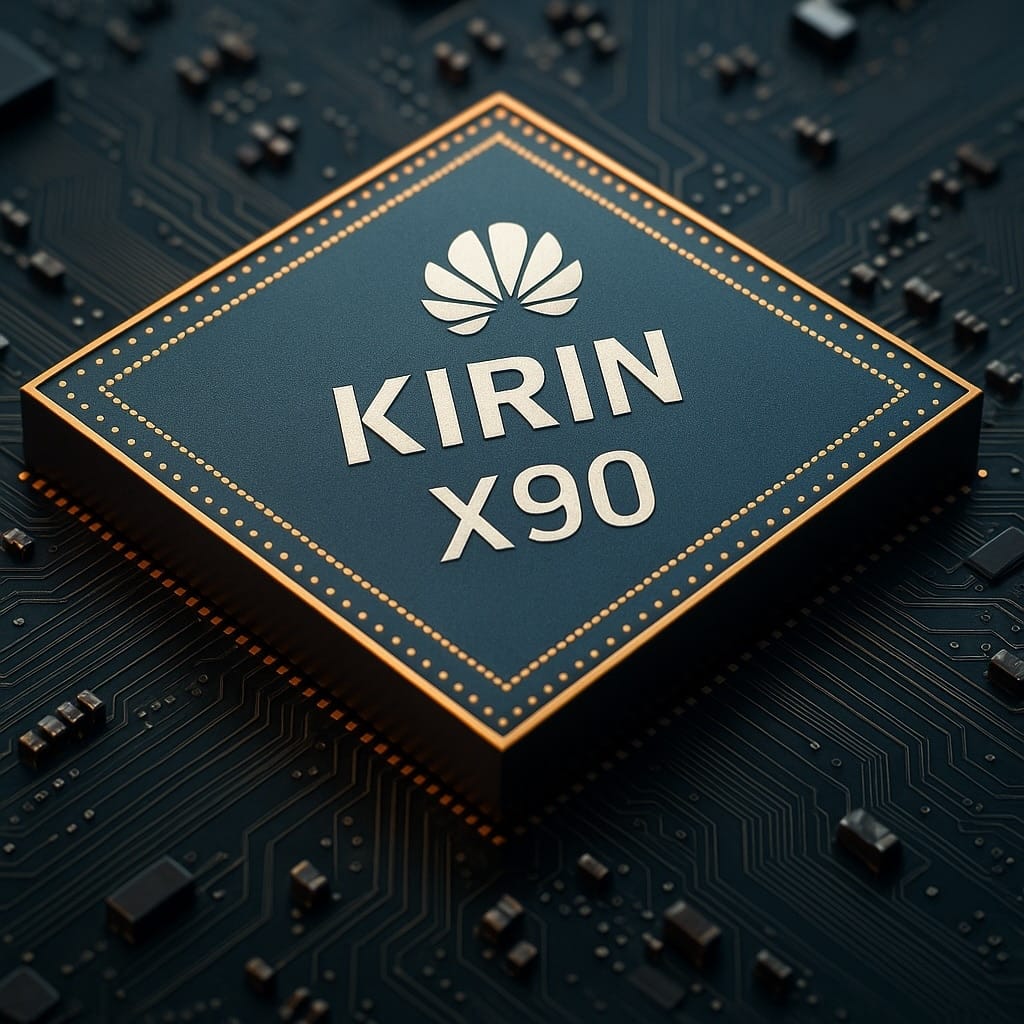The Kirin X90 SoC will mark a milestone in Huawei’s technological independence strategy, featuring a proprietary design for both hardware and operating system. Its presentation is scheduled for May 2025.
Huawei is set to take a significant step towards its technological sovereignty with the launch of the Kirin X90, its first System-on-Chip (SoC) specifically designed for laptops. According to renowned leaker Digital Chat Station, this processor represents a considerable evolution from the current Kirin 9010 and will be integrated into the first computers that will use the HarmonyOS Next operating system, developed entirely by Huawei.
The significance of this move goes beyond hardware. With this launch, Huawei aims to completely break free from the Windows 11 and Intel/AMD ecosystem, offering a fully integrated and optimized alternative for its own branded devices at both the system and architecture levels.
A Hybrid Architecture with 10 Cores and 20 Threads
The Kirin X90, codenamed Charlotte Pro, is based on a hybrid architecture with ten cores arranged in a 4+4+2 configuration, capable of executing up to 20 threads simultaneously thanks to technology similar to hyperthreading. This setup allows for optimized performance in multitasking scenarios, adapting more efficiently to varied workloads.
In comparison to ARM solutions used by other manufacturers—like Qualcomm’s Snapdragon X Elite for Windows on ARM—Huawei is opting for a system without layers of emulation for x86 software, which enables it to avoid performance losses and provide a native experience with HarmonyOS.
High Performance and Native Cryptographic Security
The SoC stands out not only for its CPU architecture but also integrates support for cryptographic algorithms SM3 and SM4, Chinese national standards utilized in sectors such as finance and public administration, thereby reinforcing its security profile. Graphically, it is speculated to incorporate the Maleoon 920 GPU, although this detail has not yet been officially confirmed.
Since it is an SoC intended for computers, Huawei has been able to leverage the greater thermal and cooling capacity these devices offer compared to smartphones, which will allow the Kirin X90 to reach higher clock frequencies and improve sustained performance.
The Beginning of a New Era with HarmonyOS PC
The arrival of the first laptop with HarmonyOS and Huawei’s own CPU is expected on May 19, 2025, according to unofficial sources. This launch represents a direct challenge to the dominance of Windows and macOS in the personal computing market. The strategy resembles Apple’s transition to its Apple Silicon chips after abandoning Intel’s x86 architecture in 2020.
With HarmonyOS PC, Huawei aims to offer a comprehensive platform with its own kernel, free from dependencies on U.S. technologies or Google services, which could also resonate in the mobile sector, where manufacturers like Xiaomi, OnePlus, and Vivo are already working on their own versions of operating systems without Google.
Technological Independence and Digital Sovereignty
This new SoC is part of a broader movement by China to reduce its dependence on foreign technologies, particularly in strategic areas like semiconductors. Excluded from the global advanced chip market due to trade restrictions, Huawei has intensified the development of its own solutions and has started using local foundries like SMIC for manufacturing.
The Kirin X90 symbolizes progress towards a national architecture, both in hardware and software, reinforcing the autonomy of the Chinese technological ecosystem amid rising geopolitical tensions.
via: Digital Chat Station

